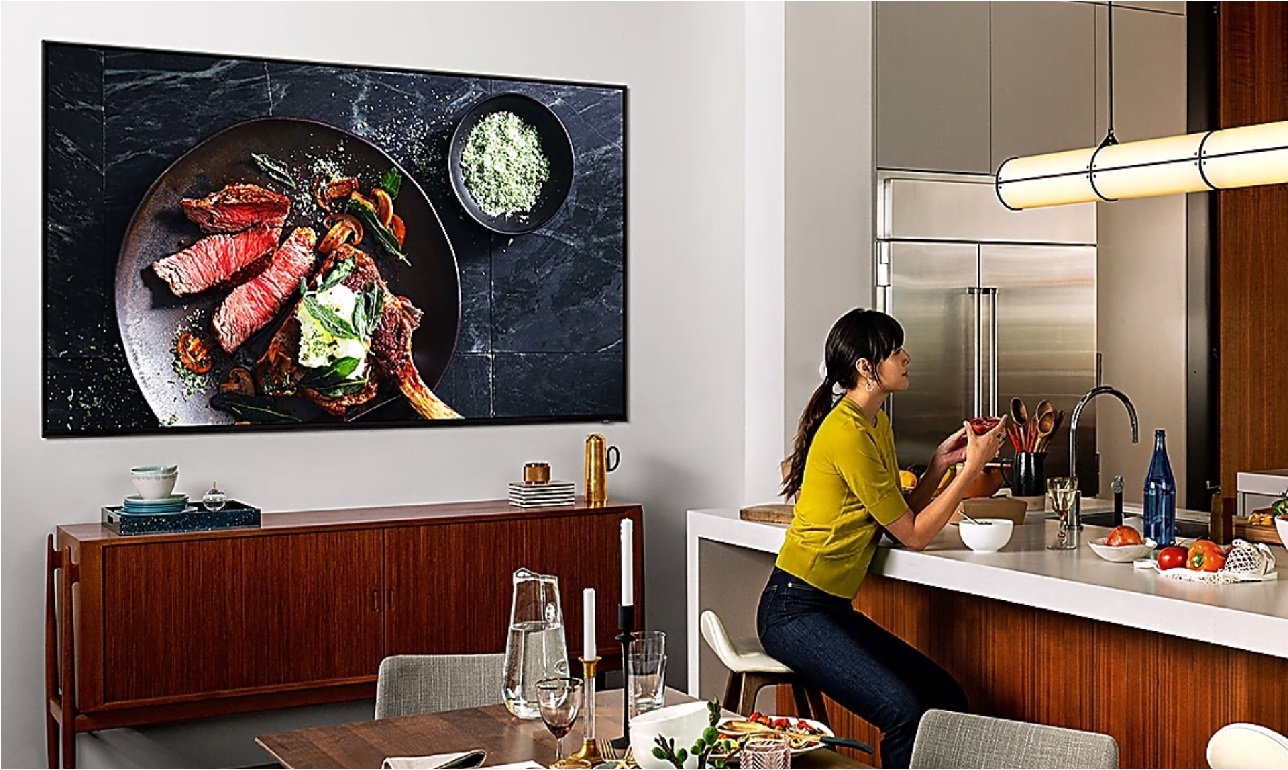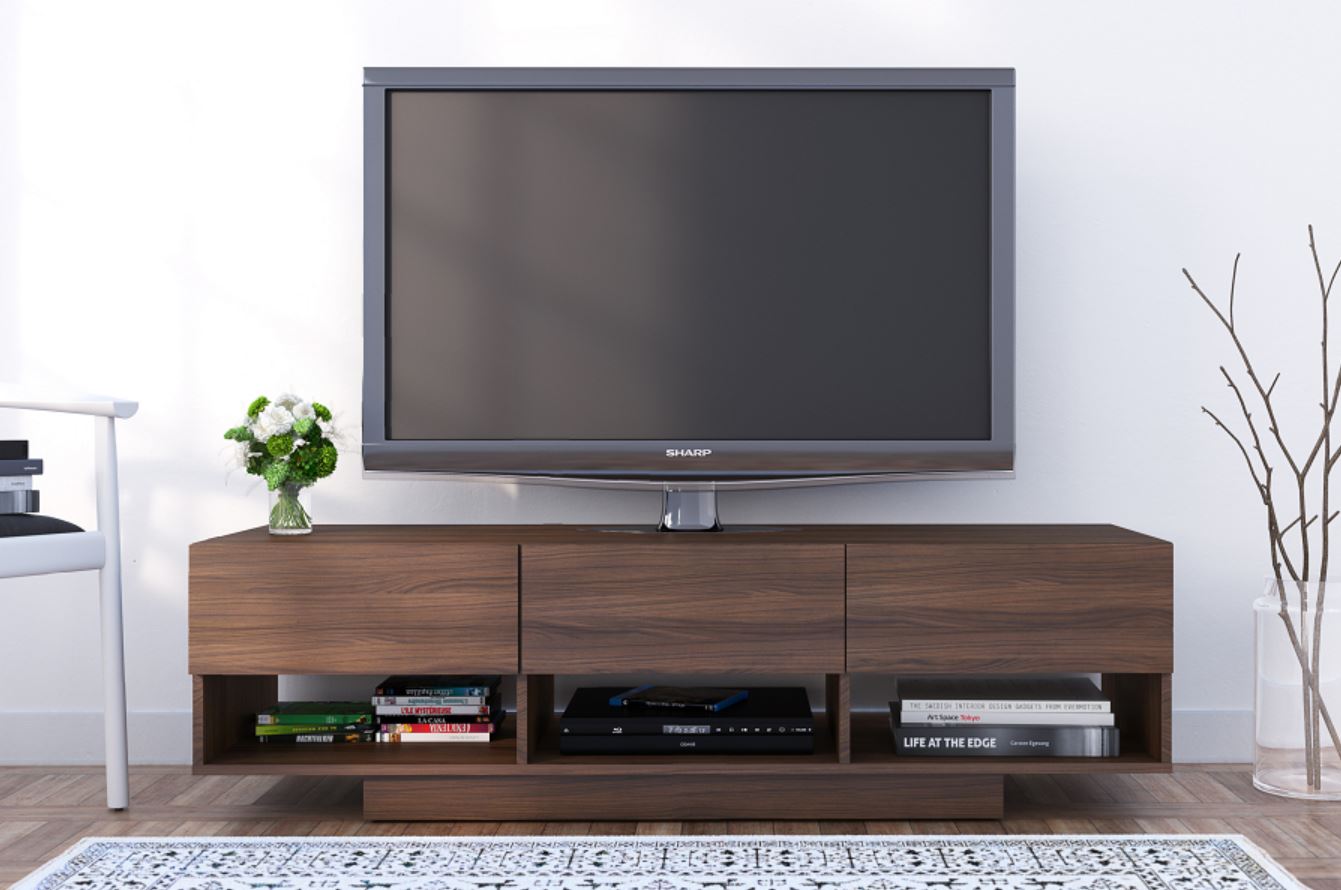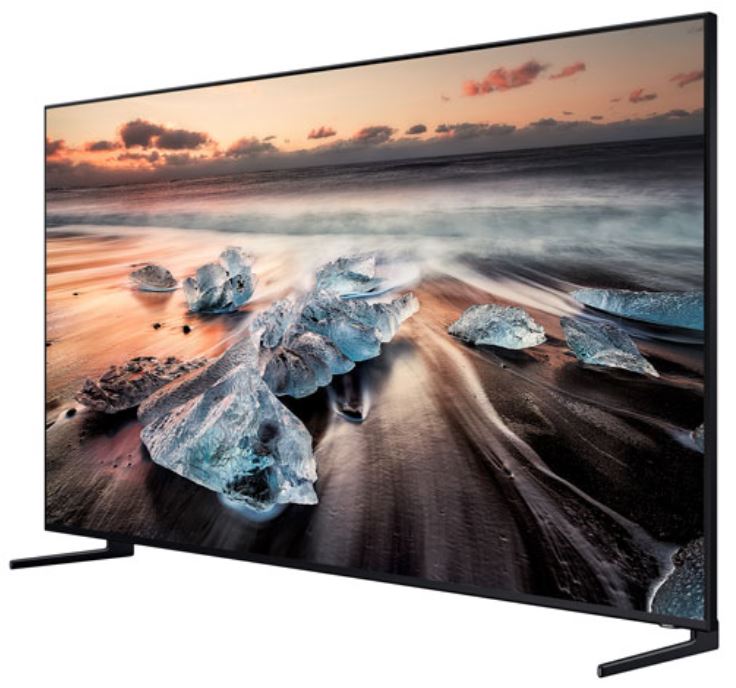 Whether you’re a gamer, movie buff, or casual Netflixer, the television is the centrepiece of your entertainment space, and you want it to have the best picture possible.
Whether you’re a gamer, movie buff, or casual Netflixer, the television is the centrepiece of your entertainment space, and you want it to have the best picture possible.
But with all the techy acronyms, it’s not always easy to know which resolution is right for you. And with incredible new 8K TVs entering the market, the temptation to upgrade is stronger than ever. But is upgrading to a higher resolution worth it?
Just what do HD, 4K, and 8K mean?
These terms refer to the number of pixels in the screen. The more pixels you have, the higher the resolution, and the more detail you’ll see. Higher resolutions illicit stronger sensory responses, suck us into the events on the screen, and bring out the beauty of our favourite movies and games.
An HD TV refers to either a 720p or 1080p screen, though today 1080p (also called Full HD) is the most common and most video content is in this format. Full HD features just over 2 million pixels, regardless of the size of your television: larger HD screens have the same number of pixels as smaller HD screens, but the pixels are larger. As you can imagine, for extremely large screens the large pixels can begin to create a blurry, or blocky looking image.
A 4K TV features over 8 million pixels, or four times what you get in HD. Resolutions of 4K or higher are also called Ultra High Definition (UHD) and allow you to see super-fine details, even on very large sized televisions. 4K content is much less abundant than HD content, but it’s growing quickly. Additionally, most 4K TVs can upscale HD content, giving you a better picture than you would see on an HD TV, automatically improving your overall TV experience.
Finally, the newest technology: 8K TV. (Need a primer on 8K or want to go in-depth? Read more about the newest TV technology in the article, “What is 8K?”) These powerhouses of resolution, like this Samsung 65” 8K UHD HDR QLED Smart TV, have only recently become widely available. They boast a staggering 33,177,600 pixels. If you’re keeping track, that’s four times the pixels of 4K, and 16 times HD.

With that many pixels, 8K is the one you should get, right? Erm, not quite. When looking for a new TV there are many factors that you should consider before deciding which resolution is right for you. These include your budget (as you’d expect, the newest technology will command a higher price) , the TV’s size (what size is right for your needs), placement (will it be on mounted on a wall, placed on a table and how far will people be sitting from the TV), and the content you typically enjoy. Spoiler alert: for most of us, an 8K may not be worth it—yet. But Best Buy Blog Home Theatre Editor Erin Lawrence recently got a chance to live with one of these 8K TVs for a month, and found it pretty amazing. Read about her experience with Samsung 8K QLED TV here.
One TV Size Does Not Fit All
You might be surprised that certain TV sizes might not be available in all resolutions. If you’re committed to a certain resolution, you might be limiting your size choices.
For example, you’ll have a hard time finding a 4K under 40 inches. That’s because the smaller the screen, the less impact a high resolution and all those pixels will have on the image. In fact, the human eye likely won’t detect a difference between 4K and HD on a smaller screen—it’s simply too small to give all those millions of pixels their chance to shine. So if you were hoping for a compact UHD TV for your dorm room, you might be out of luck. Conversely, if you’re looking for something on the bigger side, you may not find an HD TV that is big enough for you: e.g., 4K will likely be the minimum resolution for anything over 55 inches.
If you’re a hi-res junkie and want to try 8K, you better have the space for it. Most of these bad boys range from 55 inches and up, like this 85-inch beast from Samsung. You also might want to keep in mind that not all brands have 8K TVs yet—if you want to try 8K but are loyal to your favourite brands, you might have to wait as more companies roll them out.
On the bright side, 4K TVs are widely available in 40 inches and up, while HDs have you covered below 55 inches, so you’ll have lots of choices in that range.
How Close is Too Close to Your TV?
Did you know higher resolution TVs let you sit closer to the screen without seeing individual pixels or risking eye strain? If your eyes feel tired after a long gaming session, or you sometimes notice screen pixelation, you should consider sitting farther from your screen—or upgrading your resolution.
There’s an easy way to know how far away your screen should be. For an HD screen, your viewing distance should be about 1.5 to 2.5 times your screen size. For a UHD TV (4K or 8K), it reduces to 1 to 1.5 times. So the optimal viewing distance for this Sharp 50” 1080p HD Smart TV would be about 8 feet. But with a Toshiba 50” 4K UHD TV, you could sit just four feet away.

If you like getting up close and personal with your screen, upgrading to a 4K or 8K TV might be a good investment. Not only will you be free from eye strain and pixelation, but you can get close enough for the screen to fill your field of view, letting you get lost in the breathtaking details.
Content is King
Would you even have a TV if it weren’t for the content you watch? Probably not. That’s why the type of content you view will likely be your biggest deciding factor for resolution.
There’s one thing everyone should know before buying a UHD TV: if you only view 1080p content, it will not look significantly better on a 4K—or even 8KTV. No matter how high a TV’s resolution is, if the video can’t match it, the TV won’t be reaching its full potential. You might notice a slight improvement, but you won’t get the full definition that you paid for. As most content is in 1080p, this presents a conundrum for many TV buyers.
But don’t lose hope—with 4K slowly overtaking HD as the standard, some cable channels and streaming services now offer 4K titles on premium plans. Many new movies are also being released on 4K UHD Blu-ray. There’s plenty of 4K content out there for those who crave hi-res, and there’s more available every day.
I wish I could say the same about 8K. Unfortunately, with the technology being so new, there’s just not much content available in 8K yet. That doesn’t mean there never will be a lot of 8K content; just as 4K is overtaking HD, 8K is likely next in line. And keep in mind, most 8K TVs can upscale content (read more about that by clicking here), automatically converting the video to as close to 8K as possible. That means a 4K movie on an 8K screen will give you the crème de la crème of resolution.

If your entertainment experience just won’t be complete without the crispest possible image, or you want to invest in a future-proof TV, 8K is for you.
In the end, only you can to decide which resolution is right for you. If you need a smaller TV size or need to sit far from the screen, an HD TV likely fits the bill. If you’re looking for something bigger or want to get close and cozy with your screen, 4K is the way to go. But if money is no object and you crave the hi-res action, 8K is the only choice.
Right now, I would go with 4K. 4K TVs are now at comparable prices to HD and content is becoming more available all the time. While buying 8K is the best option for a future-proof TV, with its high price point and the current lack of 8K content, it isn’t realistic for most of us today.




A great overview on the different TV resolutions. Now if only
My husband would realize we don’t have the space for a giant 8k TV!
Comments are closed.